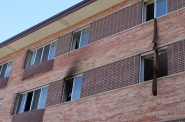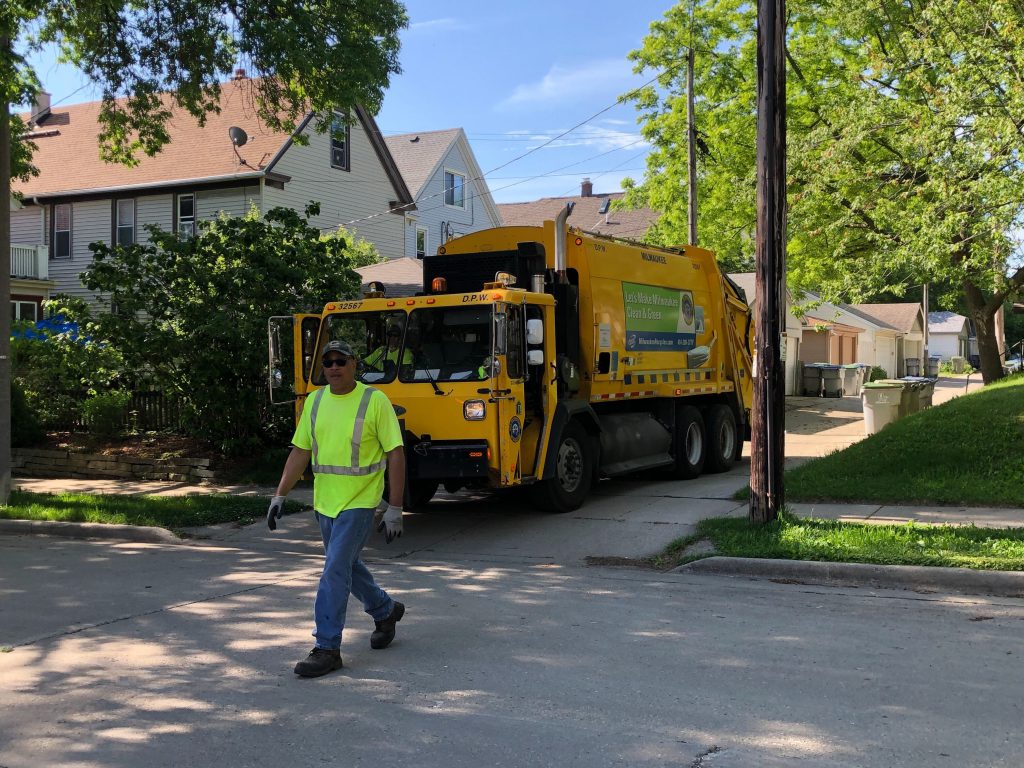Where Have All The City Workers Gone?
They've abandoned the South Side in droves since residency requirement was lifted.
When the Wisconsin State Legislature unilaterally stripped Milwaukee of its residency requirement in 2013, many feared a hollowing out of the neighborhoods once filled with city workers.
They were half right.
By July 2021 that fell to 1,092 city workers and 20% of police officers.
But from 2010 to 2020, the two districts saw their populations grow by 3,319.
A dramatic demographic shift was afoot.
The white population in the 11th district fell from 72.4% to 57.6%, the 13th saw a drop from 63.3% to 49.4%.
The Black population in each district now has climbed to just under 7%, while the Hispanic population has climbed to 27% and 30.9% respectively. The Asian population in the 11th district is now 5.4% and it more than doubled in the 13th district to 10.2%.
Many of those new residents are children, based on Census Bureau data that shows white resident percentage totals climb by seven percentage points in each district when only the voting age population is counted.
Those workers didn’t move to other city neighborhoods. Certainly some may have retired and stayed, but many moved out of the city.
Of the 6,053 member city workforce, 3,965 (65%) remain in the city as of July 2021.
The 3,739 general city workers — everyone from garbage truck drivers to public health nurses — reside in the city at a much higher rate, 79.1%.
The public safety employees are exempt from the Republican-backed Act 10 and protected by collective bargaining. The general city workers are not.
General city employees that reside in the city were given a raise in 2019, their suburban-living coworkers were not.
And while city workers are moving out and new people are moving in, one of the biggest factors to watch for long-term will be property values. Based on 2020 data, the two south side districts show no significant decrease, at least yet. Like most city homes, their values remain down from their pre-Great Recession peak (2007).
The 11th district is represented by Alderman Mark Borkowski, the 13th by Ald. Scott Spiker.
For more on changing demographic trends, see our coverage of how the Census could impact different council districts.
Quick Takeaways
- For many city residents, it would be hard to find a police officer or firefighter that lives in their neighborhood even before the residency requirement was lifted. The 6th, 8th and 12th district were home to 46 police officers and 7 firefighters between them in 2013, today that’s 34 and 10.
- The 5th aldermanic district (the city’s near northwest side, including the area around Mount Mary University) was also a haven for city workers. It went from 804 to 422 workers and is seeing a similar demographic change as the two southside districts.
- The 6th aldermanic district, largely located between Interstate 43 and N. Holton St. is the only district to see an increase in city workers in the past eight years. It went from 173 to 187, virtually all of which are general city employees.
- The 11th district, the most popular with city workers, went from 1,362 to 562 city workers. It once had 486 police officers on its own.
- The number of filled city positions has dropped from 6,584 to 6,053 since 2013
- The city as a whole has lost residents since 2010, but those losses, by and large, have occurred in districts that had the smallest number of city workers before the residency rule was lifted.
- City employee residency report
If you think stories like this are important, become a member of Urban Milwaukee and help support real, independent journalism. Plus you get some cool added benefits.
Political Contributions Tracker
Displaying political contributions between people mentioned in this story. Learn more.
City Hall
-
Council Blocked In Fight To Oversee Top City Officials
 Dec 16th, 2025 by Jeramey Jannene
Dec 16th, 2025 by Jeramey Jannene
-
Latest Effort to Adopt New Milwaukee Flag Going Nowhere
 Dec 3rd, 2025 by Jeramey Jannene
Dec 3rd, 2025 by Jeramey Jannene
-
After Deadly May Fire, Milwaukee Adds New Safety Requirements
 Dec 2nd, 2025 by Jeramey Jannene
Dec 2nd, 2025 by Jeramey Jannene






















White flight of racist cops and fire people.
They leach on the city and give to the suburbs.
I think there is a double standard here. Public employees are expected to live in the city though no one has ever demonstrated that non-residents are less committed to their jobs than residents. When MPS staff had a residency requirement, staff at charter and choice schools, probably numbering in the thousands, did not have to live in the city.
Everything touched by Scott Walker has died.
When Scott Walker ran for President, he wanted to carpet bomb millions of women and children in Iran during his inauguration speech…
https://www.salon.com/2015/07/20/scott_walkers_deranged_hawkishness_hes_ready_to_bomb_iran_during_his_inauguration_speech/